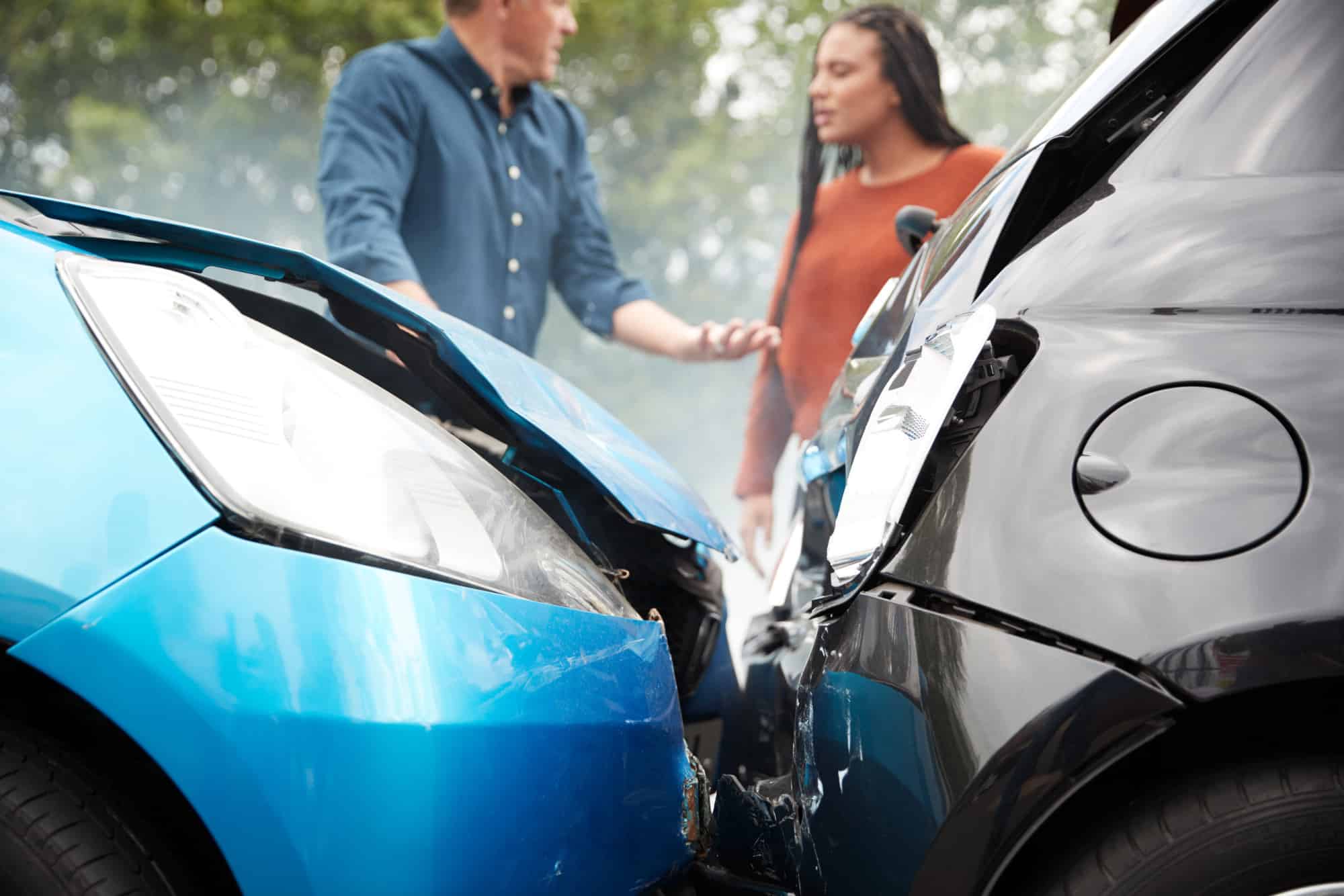
Total motor vehicle injury costs reached $473.2 billion in 2020 alone. This number, which is the most recent from the National Safety Council, includes medical expenses, property damage, lost wages, and more.
There are many reasons for collisions and various types of car accidents. Whether you want to be safer on the roads or if you’re looking for compensation after a crash, this guide will help.
Find out what to do after a car accident and how to protect yourself while driving.
Rear-End Collisions
Rear-end collision claims are one of the most common types that auto insurance companies receive. It’s also one of the most avoidable.
Most of these crashes occur due to someone following the car in front of them too closely. As a result, the driver doesn’t have enough time to react to slowed or stopped traffic.
Follow the three-second rule, allowing a minimum of three seconds between you and the car in front of you. Keep in mind that in some cases, three seconds isn’t enough. You may need to increase that distance during adverse weather conditions or when your visibility is limited.

Rear-end crashes can also occur when a driver gets distracted and takes their eyes off the road. All it takes is a second, whether they’re looking at a navigation device, the radio, or a passenger.
Always avoid distractions when driving, especially in bad weather or when traffic is heavy on the roads.
Of course, you can’t control the way other drivers behave on the roadway. If someone is following too close behind you and you crash, hiring a lawyer and filing a car accident claim is your best bet, especially if you’ve been injured. You can find legal representation through Alpha Accident Lawyers.
Head-On Collisions
One of the most dangerous types of car accidents is a head-on collision. When vehicles move toward each other, even when traveling at lower speeds, it increases the force of impact. As a result, victims of head-on collisions can suffer severe injuries or death.

Thankfully, this type is less common. Staying alert and focused while driving is your best bet to avoid these kinds of incidents.
Common causes of head-on collisions include:
- Distracted driving
- Driver fatigue
- Reckless driving
- Driving while impaired
- Speeding
If you were in a head-on collision, whether you were a driver or a passenger, it’s crucial to seek medical attention as soon as possible. Some injuries aren’t obvious until hours or even days after a crash. See a medical professional and consult with a lawyer to determine the next steps.
Side-Impact Crashes
Vehicles involved in side-impact accidents often form a “T” shape when they strike. It occurs when one vehicle traveling in one direction hits another moving at a perpendicular angle.
This type of crash is most dangerous for passengers sitting on the side of the collision. Unfortunately, the side of a vehicle has less mass to absorb the impact of a crash compared to the back or front.

Side-impact crashes often occur as a result of a driver that fails to yield or stop at an intersection. It can also happen when a driver fails to stop at a traffic light or disobeys a traffic signal. For instance, someone might turn left on a red arrow or roll past a stop sign.
Impaired and distracted driving are usually causes of side-on crashes. They can also result when a driver is going too fast or wants to “beat” a light or signal.
Vehicle Rollovers
Rollovers are one of the most dangerous types of car accidents. These crashes often result in severe injuries or even death.
A rollover occurs when a vehicle flips or rolls, landing on its side or upside down.
Drivers or passengers can be ejected during the force of a rollover. Victims may also get crushed or find themselves trapped inside the vehicle.

The severe damage from a rollover often causes fuel to spill, which creates a fire hazard. In the worst-case scenarios, it can also cause a car to explode.
It’s critically important to seek medical attention after being involved in a rollover accident. These crashes can cause broken bones, spinal cord and brain injuries, head and neck injuries, and more.
Rollover crashes are usually caused by speeding, distracted driving, or reckless driving.
Merging Accidents
 Merging into another lane requires extra focus and careful attention. It’s a skill that takes time to practice. Drivers that fail to take safety precautions when merging cause accidents.
Merging into another lane requires extra focus and careful attention. It’s a skill that takes time to practice. Drivers that fail to take safety precautions when merging cause accidents.
Drivers can crash while merging when they fail to check their blind spots or if they cut someone off. That’s why it’s crucial to take time to check and make sure it’s clear before moving into another lane of traffic.
Don’t assume that others will make room for you. Not all drivers follow the rules of the road. Drive defensively, adjust your speed to match traffic, use your turn signals, and find a three or four-second gap.
Single Vehicle and Multi-Vehicle Accidents
Single-vehicle crashes include cars that strike debris, cargo, or an animal while on the road. Cars can also swerve to avoid obstacles and crash into guard rails and light poles. These accidents only involve one vehicle.
Multi-vehicle crashes involve at least two. Crashes involving more than one car can be deadly and result in a chain reaction that creates a pileup. Multi-car pileups can get so bad that they block entire lanes of traffic.
These accidents may occur due to a rear-end collision escalating into a bigger accident. Poor weather also frequently results in crashes involving multiple vehicles.
Avoiding the Many Types of Car Accidents
Now that you know more about the types of car accidents, you can take steps to protect yourself on the road. The best way to do so is to become a defensive driver. Review the basics that you learned in driver’s education.
If you are in an accident, don’t hesitate to seek medical attention and contact an auto accident attorney.
For more advice on staying safe, consulting with a lawyer, or travel tips, check out some of our other content.


